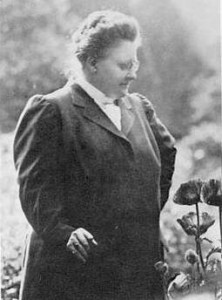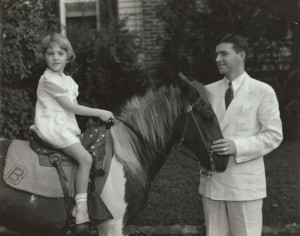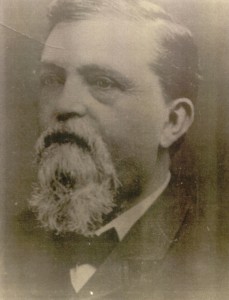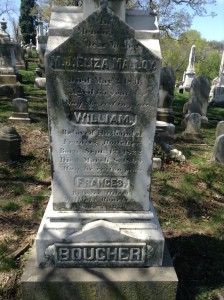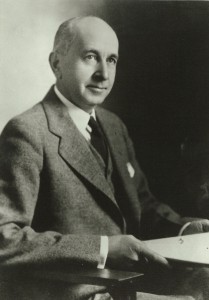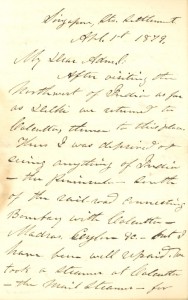
A frequent theater-goer and enthusiastic pedestrian in the 1860s, by the early 1880s – following the death of her husband – Regina Shober Gray was going out rarely, and only to the houses of relatives and close friends. This does not mean that she lost her interest in the goings-on around Boston or, indeed, among the celebrated and notorious people of her day.[1]
1 Beacon Hill Place, Boston, Wednesday, 8 February 1882: Laura Howe[2] has sent Mary[3] a most humorous parody ‘After Oscar Wilde.’[4] She says she and Harry [Richards] agreed that the only thing to be done with his book of poems was to burn it, that there were some pretty things amid the filth! The ‘Swinburne’[5] School of poetry is certainly open to reprobation in the matter of good taste & pure morals! Continue reading “Socially, she is not received”
